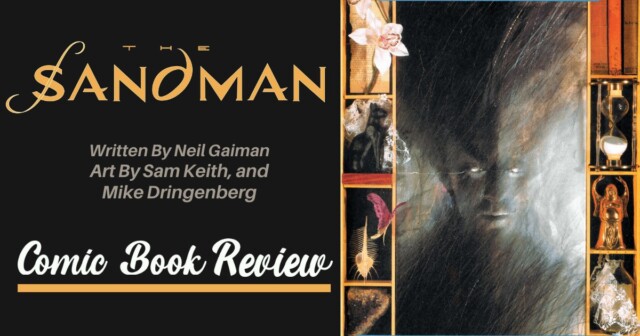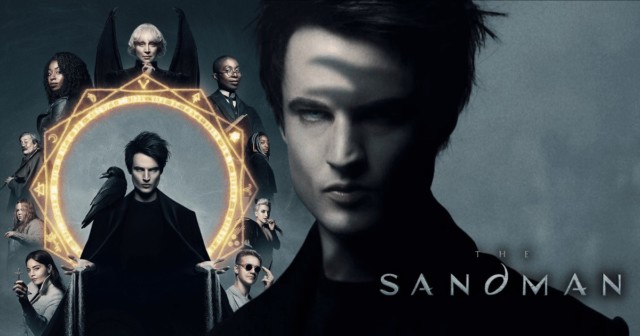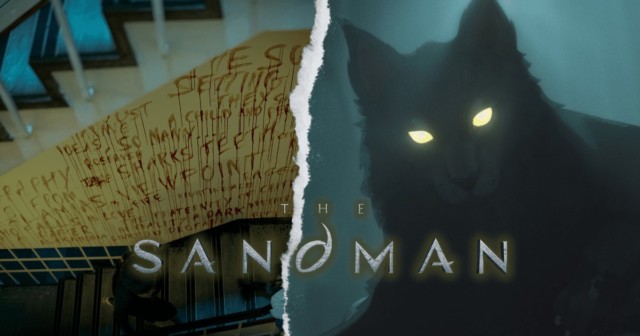Review: Netflix’s ‘The Sandman’ is an Impressive Feat of Storytelling
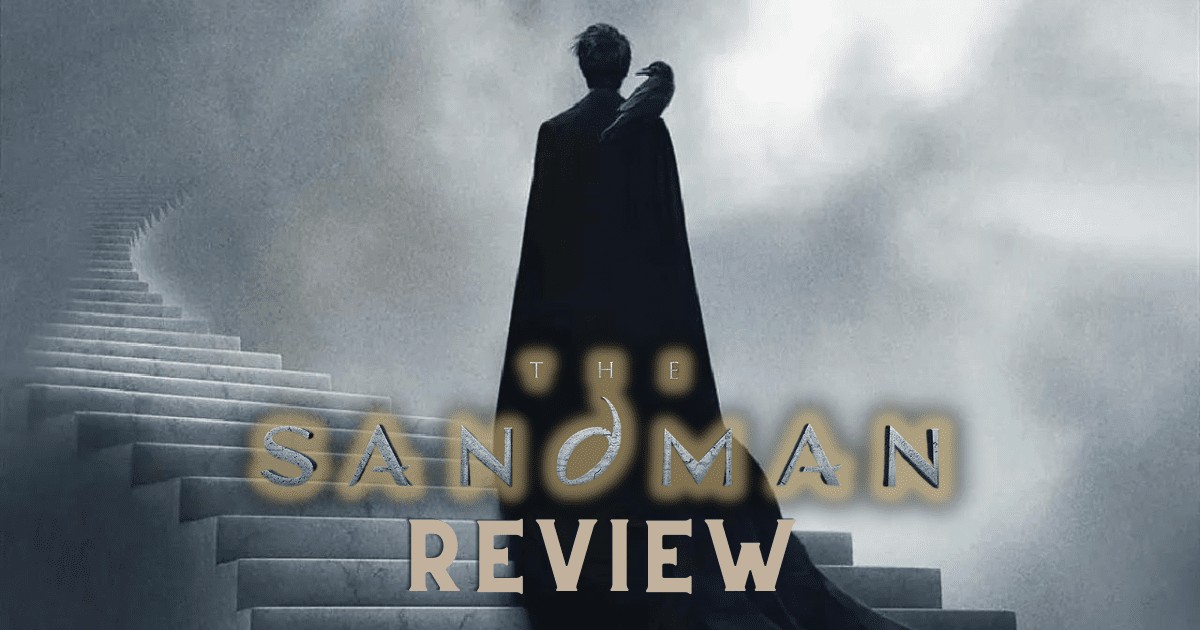
Neil Gaiman’s comic The Sandman is well known for its beautiful art and high-concept story and ideas. Any adaptation would be fighting an uphill battle to match the standard set by the original comic. That being said, while Netflix’s The Sandman does have one glaring issue, the 10-episode season as a whole is kind of brilliant.
[Warning: Spoilers from Netflix’s The Sandman season one are below]
The abstract, personified in The Sandman
The draw of a story like The Sandman is watching these mere ideas grow into fully-formed characters. Netflix’s adaptation executes this with expertise. I never once doubt that these characters are the legends that they say they are. They all stand up to the stature of the gods of the realms they inhabit. They truly feel larger in life, and I’d say that’s due to the way they are written and performed.
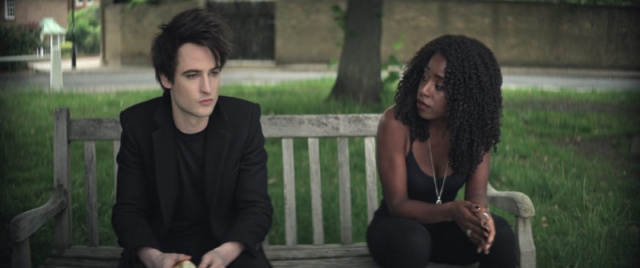
The main character, Sandman, known by many names (Dream, Morpheus, etc.), is played brilliantly by Tom Sturridge. In a performance reminiscent of Brad Dourif in Exorcist 3, Sturridge is always taking his time. Never in a hurry to rush into the next word. You truly believe this man has all of eternity, and his never-ending patience is at times harrowing. You almost want him to get angry or explode, but as the soft words leave his lips chills are sent down your spine.
The excellent portrayal of incomprehensible beings doesn’t end there. Kirby Howell-Baptiste makes an appearance as Dream’s sister, Death, and Mason Alexander Park as another of Dream’s siblings, Desire. Howell-Baptiste brings warmth and lovingness to such a terrifying idea. She’s someone you’d want to spend some time with, but are constantly afraid to make angry.
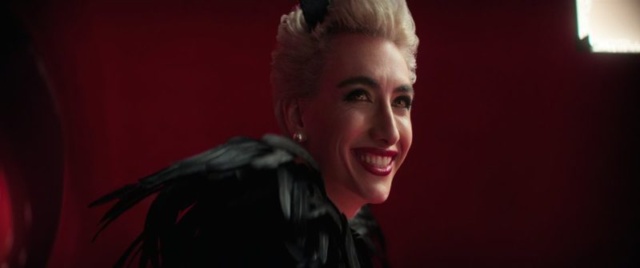
Mason Alexander Park has very little time on screen but the time spent with Desire is riveting and electric. It’s easy to see that Park’s Desire could be a major stand-out if given more screen time, so let’s hope we see more of this deliciously devious character in a second season.
The human counterparts in the story
The god characters are few, and the cast is filled out with stellar human characters. David Thewlis plays a character whose child-like innocence is only equal to his insanity. It is chilling to watch him work and wonder if the people he meets will survive their encounters with him.
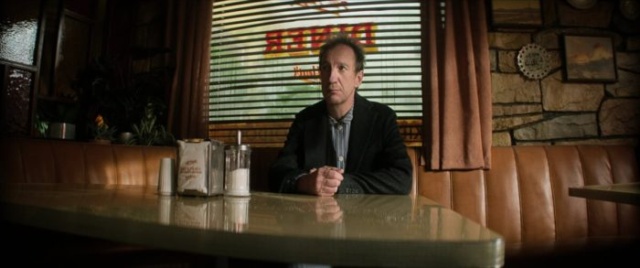
Jenna Coleman and Ferdinand Kingsley have really amazing (& far too short) stints as Johanna Constantine and Hobs Gadling, respectively. And the incredibly impressive Kyo Ra carries the show on her back as Rose Walker.
The one glaring issue in Netflix’s The Sandman
The human characters really are the anchor of the show. Showing how these god-like beings affect the seemingly mundane lives of people on Earth. But the way the show splits this focus leaves a lot to be desired.
This is where the “one glaring issue” comes into play. The show is constantly shifting focus and changing the trajectory of the story at hand. It may have been a deliberate choice, meant to add a dreamlike state to the series as a whole. However, it’s not only detrimental to the story at hand, but it prevents me from connecting with the characters once I realize they’ll just be here and gone.
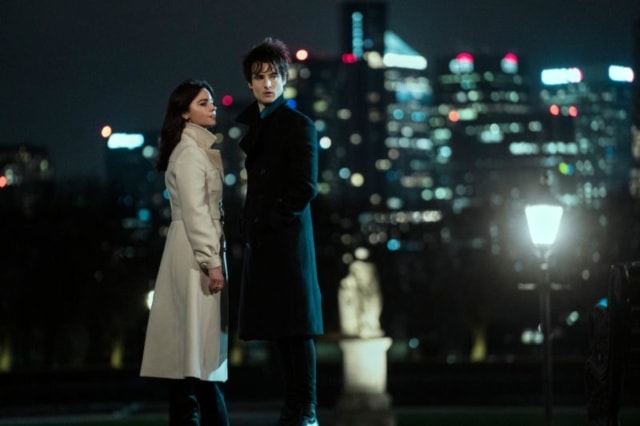
The show is split into a couple of chunks. Dream and Lucienne (Vivienne Acheampong) constantly linger in the background, pushing the story forward and examining the characters involved. But the human characters that contrast against the world of the gods are plopped into focus with little care for the way the transition is handled.
The story over the 10 episodes feels incredibly disjointed in some ways, but each story still manages to be stunning on its own. I almost wish they’d picked one of these stories and focused on them more intently. Save some of that stuff for later.
The real star of the show… introducing, The Corinthian
The character that tries really hard to hold it together, and ultimately only makes it feel more disjointed, is The Corinthian. Played brilliantly by Boyd Holbrook, The Corinthian brings a bone-chilling nature to every second he’s on screen.

This is someone who really enjoys and revels in all of the havoc they bring about. He’s a living, walking, talking nightmare, and yet one that you can’t help but be fascinated by. The character weaves in and out of the stories, constantly looking out only for himself. But even he couldn’t make these disconnected stories feel much more intertwined.
Shifting tones like a dream to nightmare
Something The Corinthian does reinforce is the way the show masterfully shifts tones. He knows exactly when to play it straight, knows when to have fun, and knows when to do both. The tone of the series does exactly the same. The series’ journey into Hell is a prime example of that. The weight of the situation is not lost upon the viewer for a single second.

The character of Lucifer, aka The Light-Bringer is played terrifically by Gwendoline Christie. As with Desire, it would be great to see a lot more of her as the beautiful but imposing Lucifer in future seasons, and see what traps she may lay for Dream.
The visual beauty and lore of The Sandman series
Christie’s Lucifer brings a sense of whimsy and fear at the same time. It’s as though a game is constantly being played with the deliveries of words and sentences, but the punishment for losing such a game is damnation. That sentiment is brought to the limelight when Morpheus and Lucifer engage in a literal game of words.
This was one of the most stunning sequences of the series that involves just two people trading words in a battle of will or wit. The circumstances of the battle are unclear, but it doesn’t really matter. They make the most of such a simple concept. The visuals representing the words they spout with violent intentions are beautiful and daunting. Moments like these really live up to the expectations set by the legendary art of the original Gaiman run.

Sequences like that make me wish the show took larger swings with all of the visuals. Some episodes like episode 2 or the aforementioned trek into Hell in episode 4 have some of the most ambitious and mind-bending visuals I’ve ever seen. But then other episodes seem flat and less visually interesting. In that sense, I wish they’d been a little more ambitious more often. The promise made by the more engaging sequences isn’t always followed through.
Netflix’s The Sandman still remains triumphant
But regardless of any issues this series holds, the ceiling for quality here is high. Within the 10-episode series, there are some of my favorite episodes and moments on TV that I’ve ever seen. There are some genuinely impressive feats of storytelling that make me want for more. Hopefully, if season 1 is a huge success, we can see season 2 a step up their game and revisit some fascinating characters we only got a glimpse of so far.
Netflix’s The Sandman is now available on the streaming service. What do you think of the series? Let us know on Twitter @mycosmiccircus!
For a deeper look at the source material for The Sandman by Neil Gaiman, check out Luna’s comic book review!
SDCC 2022: Netflix’s The Sandman Panel Recap
Review: Sandman Bonus Episodes “A Dream of a Thousand Cats” and “Calliope”

